Marathon dam: Life at the settlement
-
Self-guided audio tourFollow the story at your own pace
-
English, ΕλληνικάFor both audio and stories included
Overview
-
1h 50min
-
3km distance
-
17 stops
Towards the end of the 1920s, a settlement of more than 1000 people was created next to the Marathon Dam for housing the employees who worked on the project. Today, among the vestiges, paths, and remaining buildings, we seek to discover the stories from the daily lives of the people who lived here with their families from the 1930’ until the early ‘70s.

The lake and the water tower
Marathon Lake is artificial, formed thanks to the dam. Its capacity amounts to 41 million cubic meters of water. Its maximum depth is 50 meters. The pipeline starting from the bottom of the lake transports water through the Boyati Tunnel to the Water Treatment Plants at Galatsi and then to the city of Athens. A special “water tower” was built in order to receive this water. It is equipped with water inlet ports at different levels, so as to control the depth from which water is taken depending on the time of year. For instance, in the summer, water is taken from deeper levels so that it is cooler. The high-rise water tower is also lined with Pentelic Marble. In October 1928, the water valves were installed, in order to regulate the flow in the Boyati Tunnel. Then, water was allowed to fill the lake for the first time.
Historical Archive of EYDAP
Inclusions and Exclusions

Inclusions
Exclusions
Mandatory items
- Charged smartphone
- Headphones
The location

Address
Directions to starting point
By car
Areas
- Museum
- Administration buildings
- School
- Club
- House B5
- Roumani Residence
- Cisterns
- Marathon Dam
- Outpost
Important information

Opening hours
You can visit the museum on daily basis by appoitment. Contact phone number: +302108141355
Recommended visiting hours
In the morning 10:00 a.m. – 12:00 p.m.
Know before you go

- Mobile signal may be weak at the site(s). Download your audio tour on your smartphone prior to your visit to fully enjoy it.
- Ensure that your smartphone is fully charged and that you bring your earphones.
Contributors and Bibliography

Contributors
- Clio Muse
- Historical Archive of EYDAP
The history of EYDAP (the Athens Water Supply and Sewerage Company) is tied with projects that ensured the supply of excellent quality drinking water and its return back to nature in a clean form. The Historical Archive of EYDAP has preserved important documents bearing witness to its corporate responsibility.
The EYDAP Historical Archive preserves a variety of items, which reflect the long history and successive operation of the Company (through the “Hellenic Water Company” of Athens and Piraeus and the “Greater Athens Sewerage Organization”), as well as the rapport between the development of the water supply and sewerage system and the evolution of the Athenian society.
The Department of Historical Archive is responsible for the collection, storage, management, and exploitation of the Historical Archival Material of EYDAP. It belongs to the Communication & Corporate Affairs Division.
The project of the collection and maintenance of the Historical Archive is part of the actions of the Cultural Network of EYDAP. The Cultural Network reflects the wider effort of EYDAP, for the development of a uniform identity and culture that will produce actions promoting its history and fueling the networks of society with educational and cultural services and provisions.
- Oral History Team of EYDAP’s Employees
The Oral History Team of the Employees of EYDAP was created as part of the collaboration among EYDAP, the Cultural Center, its employees and retirees, and the Historian Tasoula Vervenioti, with the primary purpose of collecting oral testimonies in connection with the construction of the Marathon Dam. The aim of this action is to narrate the stories and preserve the memory of the people of EYDAP by collecting those narratives that will eventually constitute a solid basis for the creation of an oral record of the long history of EYDAP, an asset which will in its turn be put into the service culture and education. This is a pioneering venture undertaken by a Greek company with the purpose of preserving and spreading the local shared cultural heritage. The collection of oral testimonies enriches the already existing Historical Archive of the Company, which is of great importance and constitutes a valuable part of the national cultural capital, by accumulating written and oral sources related to the history of modern Athens.
Bibliography
The stories related to the seventeen points of interest in the Settlement of the Marathon Dam, as well as the accompanying audiovisual material, have occurred from the study and combination of written and oral sources from the late 1920s to the present day. The main written sources that were used belong to the Historical Archive of EYDAP, mainly from the excerpts of the texts used in the Anniversary Exhibition of EYDAP under the title, “The Great Challenge: 90 Years of the Marathon Dam”, while the newspapers of the time have also been used as primary sources. The testimonies of people who lived in the settlement of the Marathon Dam have also been used as oral sources as they were collected by the Oral History Team of the Employees of EYDAP, either from their descendants or from residents of a nearby village, between the 1950s and 1960s. Through the combination of different sources, multiple narratives about the location of the settlement were created. These are, in large, the interpretations of the historical events that took place in this area, as well as of the significant technical project that was realized in the 1930s and the people who worked in it forming a small community.
Download the app
To take this self-guided tour, you will need to download the Clio Muse Tours app on your iOS or Android device. Enjoy your tour!
Only logged in customers who have purchased this product may leave a review.

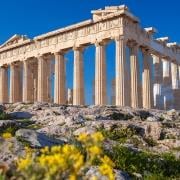
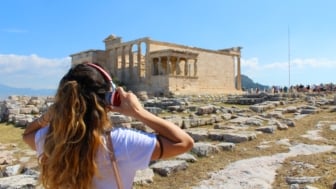
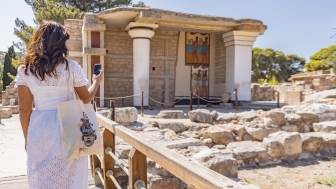
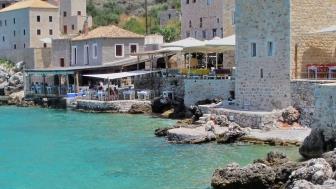
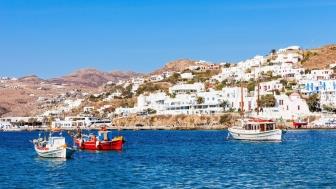
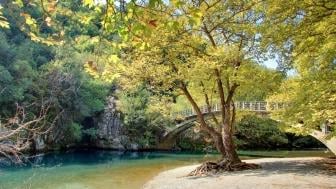
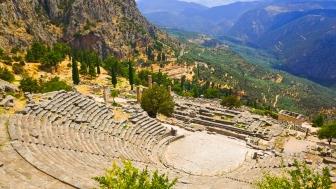
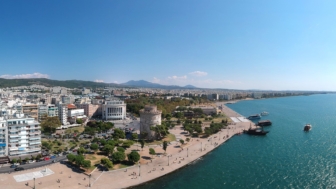


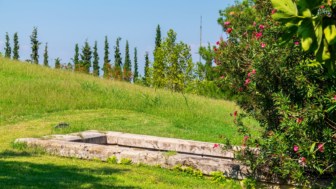


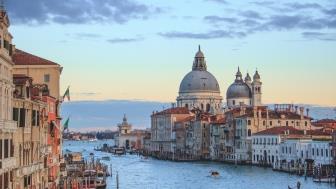


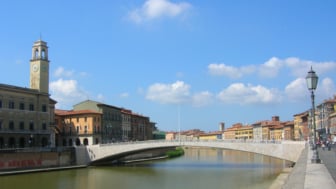
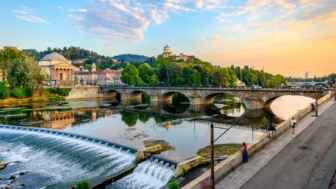
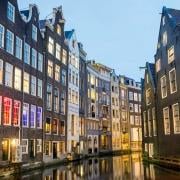


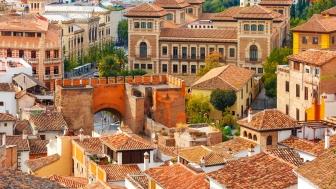

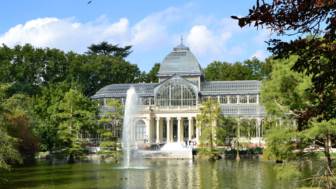

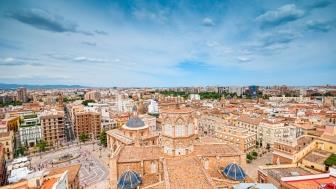

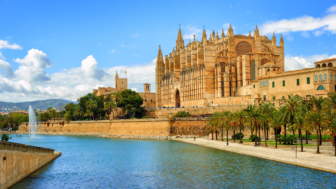



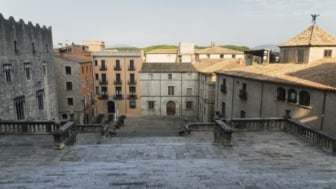


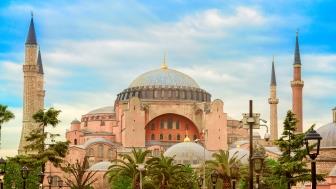
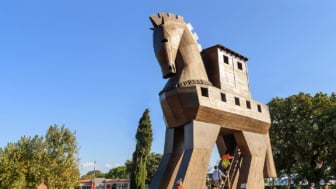
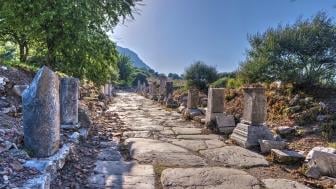
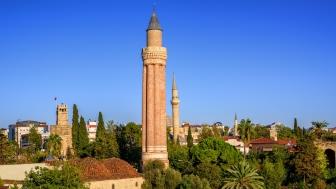

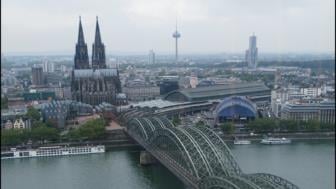

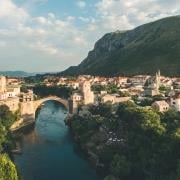

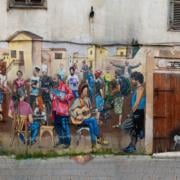
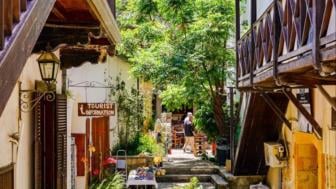

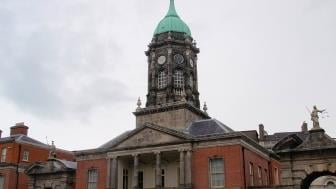
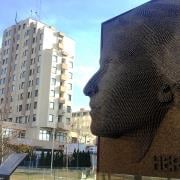


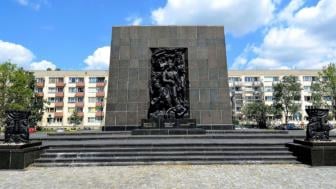
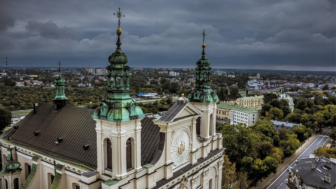




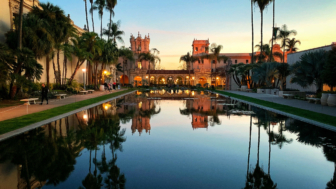









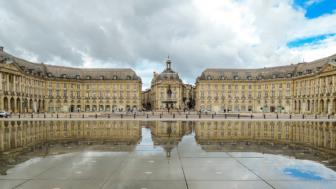
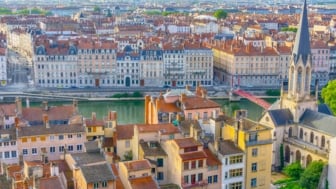

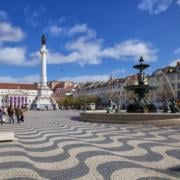

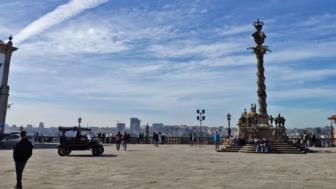
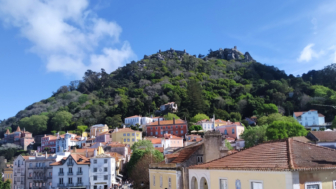
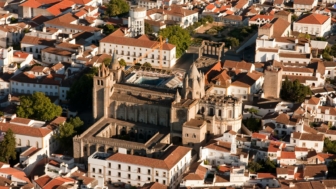


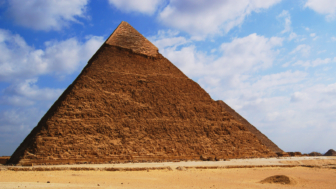
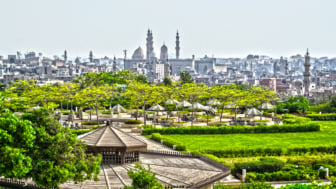
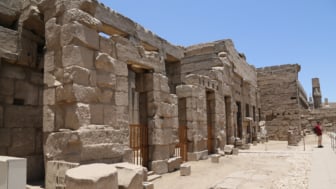



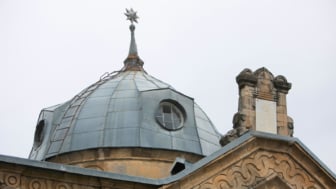

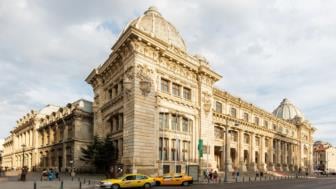
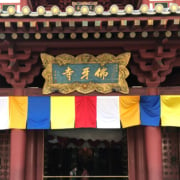
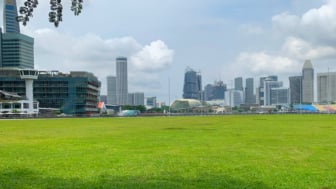

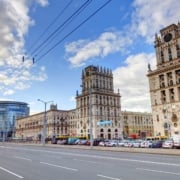






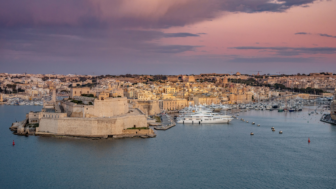



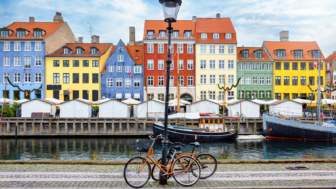
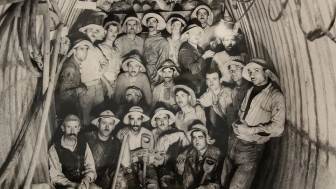

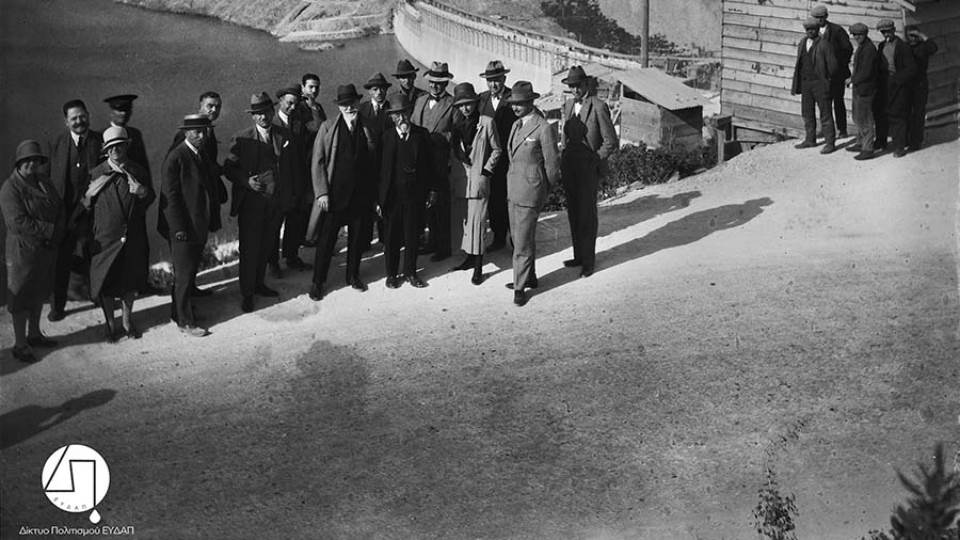
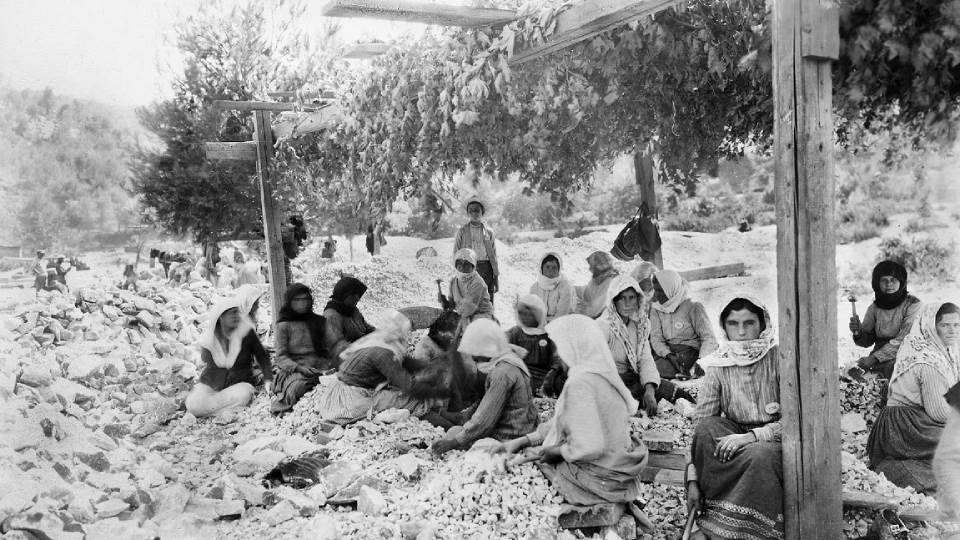




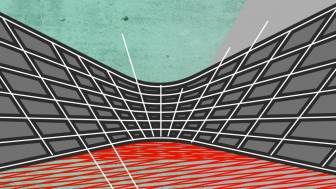


Reviews
There are no reviews yet.